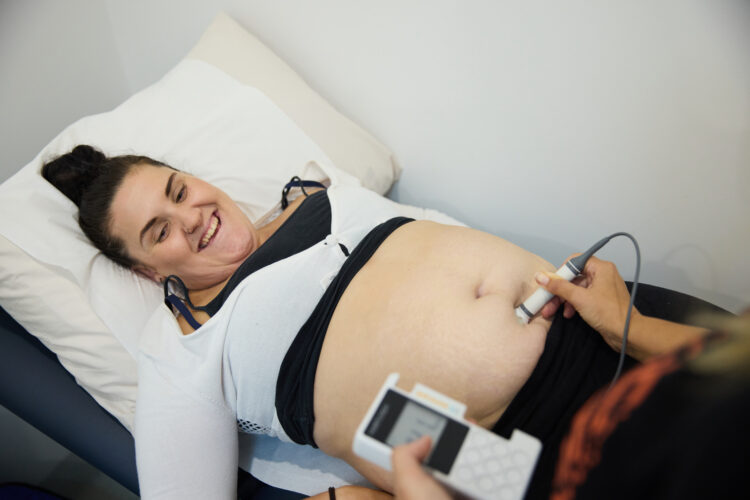Essential Competencies for Midwifery Practice

The ICM Essential Competencies for Midwifery Practice (2019) outline the minimum set of knowledge, skills and professional behaviours required by an individual to use the designation of midwife as defined by ICM when entering midwifery practice.
The competencies are presented in a framework of four categories that sets out those competencies considered to be essential and that represent those that should be an expected outcome of midwifery pre-service education.
- General Competencies
- Pre-Pregnancy and Antenatal
- Care During Labour and Birth
- Ongoing Care of Women and Newborns
These competency statements are linked to authoritative clinical practice guidance documents used by the World Health Organization, ICM’s Core Documents and Position Statements.
Guidance documents undergo revision based on ever-evolving research. ICM’s essential competency statements are also evaluated and amended as the relevant evidence concerning sexual, reproductive, maternal and newborn health care and midwifery practices emerges. The competencies presented in this document were updated in 2019 through such a review process.